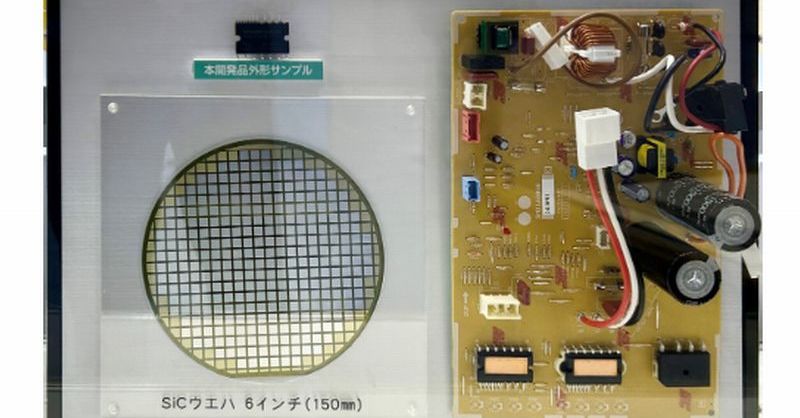SiC IPM: Revolutionizing Air Conditioning with Lower Energy Consumption
The global quest for energy efficiency is driving innovation across various sectors, and the air conditioning industry is no exception. Traditional air conditioners consume significant amounts of energy, contributing substantially to carbon emissions. However, a groundbreaking technology is emerging as a solution: Silicon Carbide Integrated Power Modules (SiC IPM). This article delves into the transformative potential of SiC IPMs in significantly reducing energy use for air conditioners, paving the way for a more sustainable future.
What are SiC IPMs?
SiC IPMs represent a significant advancement in power electronics. Unlike traditional silicon-based modules, SiC (Silicon Carbide) offers superior properties, including:
- Higher switching frequencies: This allows for smaller, lighter, and more efficient power conversion.
- Lower on-resistance: Leading to reduced power losses and improved efficiency.
- Wider bandgap: Enabling operation at higher temperatures and voltages.
- Enhanced durability: Resulting in a longer lifespan for air conditioning systems.
These advantages translate directly into significant energy savings in air conditioners. By minimizing energy losses during power conversion, SiC IPMs allow air conditioners to operate more efficiently, consuming less electricity to achieve the same cooling performance.
How SiC IPMs Improve Air Conditioner Efficiency
The efficiency gains from SiC IPMs stem from their ability to handle higher switching frequencies. This allows for more precise control over the compressor and other components, leading to:
- Optimized compressor operation: Reducing energy wasted during start-up and operation.
- Improved power factor correction: Minimizing harmonic distortion and maximizing energy utilization.
- Smaller and lighter designs: Reducing material costs and improving overall system efficiency.
These improvements contribute to a lower overall energy consumption, leading to reduced electricity bills for consumers and a lower carbon footprint for the environment.
The Environmental Impact of SiC IPM Adoption
The widespread adoption of SiC IPMs in air conditioners offers substantial environmental benefits:
- Reduced Greenhouse Gas Emissions: Lower energy consumption translates directly to lower greenhouse gas emissions, contributing to climate change mitigation efforts.
- Decreased Reliance on Fossil Fuels: Improved efficiency reduces the demand for electricity generated from fossil fuels, promoting the transition to renewable energy sources.
- Sustainable Cooling Solutions: SiC IPMs are key to developing more sustainable and environmentally responsible air conditioning systems.
The implications extend beyond individual consumers; mass adoption could have a significant positive impact on global energy consumption and environmental sustainability.
Future of SiC IPMs in Air Conditioning
The technology is still relatively new, but the potential is immense. Ongoing research and development are focused on:
- Cost reduction: Making SiC IPMs more accessible to a wider range of manufacturers and consumers.
- Improved performance: Further enhancing efficiency and durability.
- Integration with smart home technologies: Enabling advanced control and energy management features.
As costs decrease and performance improves, we can expect to see SiC IPMs becoming increasingly prevalent in air conditioning units worldwide. This transition will contribute significantly to a greener and more energy-efficient future.
Conclusion: A Cooler, Greener Future
SiC IPM technology represents a significant leap forward in air conditioning efficiency. By reducing energy consumption and minimizing environmental impact, SiC IPMs are paving the way for a more sustainable and comfortable future. The adoption of this technology is crucial for mitigating the environmental consequences of widespread air conditioning use and promoting a greener world. Learn more about sustainable cooling technologies by exploring [relevant industry website or research paper link here].
